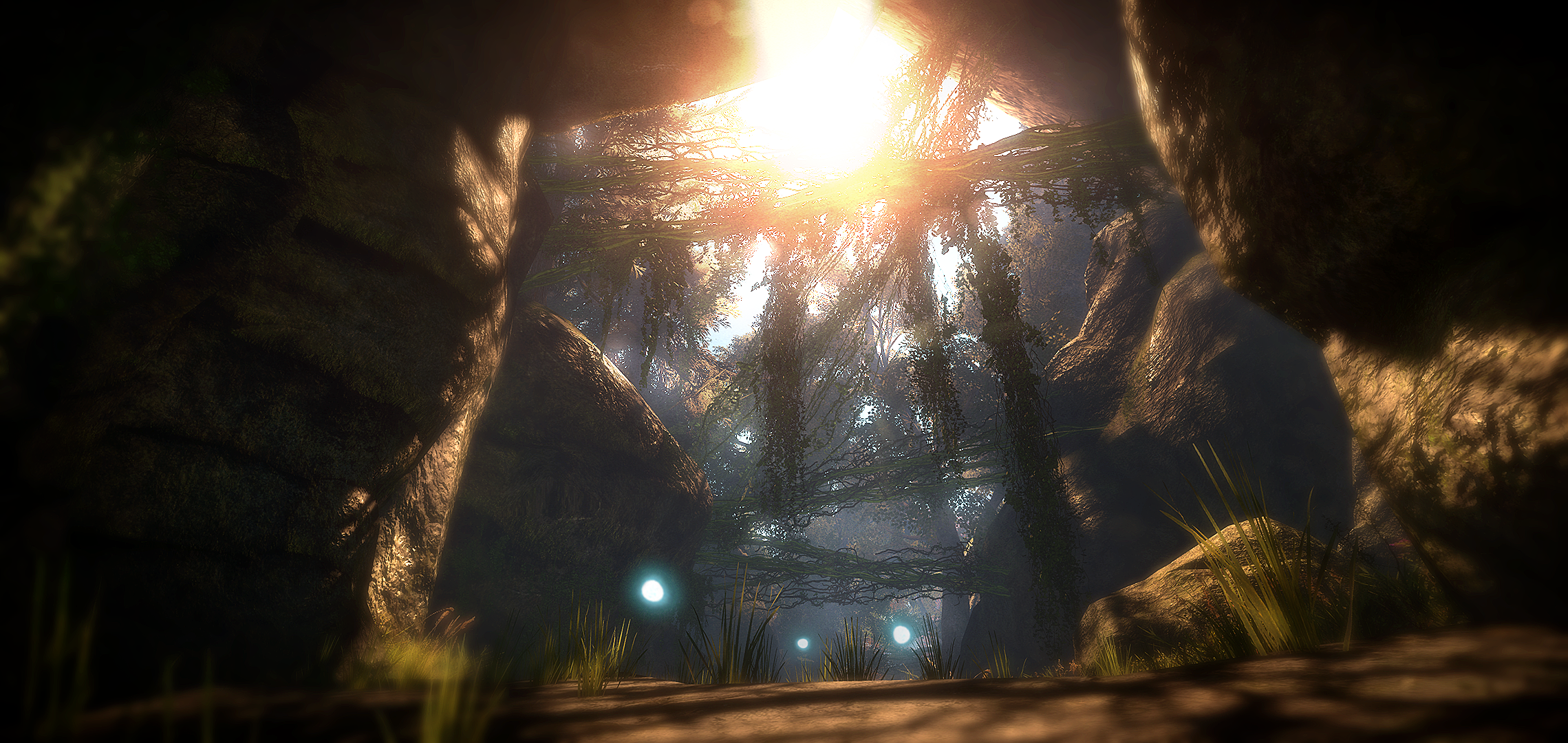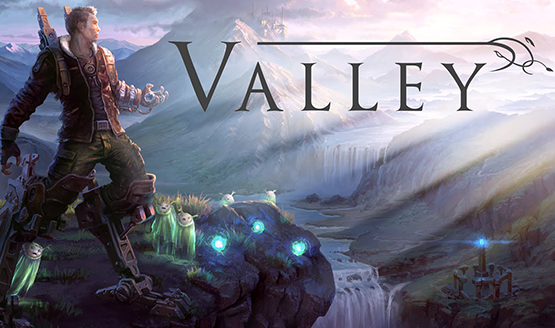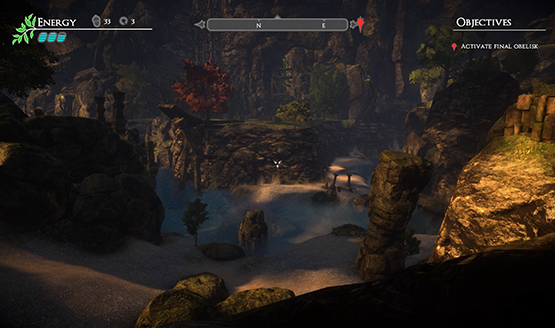
The exploration genre often has this difficult battle to fight between telling a good story and keeping the gameplay interesting. Case in point, many called Firewatch a walking simulator because while the story was entertaining, the gameplay was often boring and offered little challenge. The Vanishing of Ethan Carter faced similar criticisms, and yet it had some puzzle-solving elements to it that made it more than merely walking through the woods. Valley exhibits the finest balance of gameplay and story I have ever experienced in this genre. It’s not a walking simulator, it’s not a platformer, and it definitely doesn’t have a story that is thrown together. Valley won’t speak to just one type of gamer; it will strike a chord with all walks, especially since gamers can make it as challenging as they wish. In fact, Valley does so much so well that it’s definitely a contender for Game of the Year.
An Accidental Tourist
After setting out to discover the legendary “Life Seed,” a naturally born seed that reportedly contains extraordinary power, an archaeologist stumbles across a beautiful, hidden valley in the middle of the Rocky Mountains. The valley appears to be full of vibrant life, and yet there are so many dead trees standing as if they were suddenly struck down by magic. Ruins of an ancient and yet unknown civilization decorate the region, and there are signs that this archaeologist is not the first American to explore the mysterious valley. A team of scientists from the World War II era got there first for the same reason this modern-day archaeologist is—to find the Life Seed. Not only did they find it, but they were using it in an attempt to create a bomb that would rival the atomic bomb of the Manhattan Project.
This archaeologist (player can choose man or woman, but it makes no difference) came to the valley in hopes of finding the Life Seed, but she finds herself uncovering a mystery as to what the military was indeed doing there as well as what happened to the Life Seed.
Not long after she reaches the valley, the archaeologist finds a crate with a LEAF (Leap Effortlessly through Air Functionality) suit which just happens to be perfect for exploring the ruins and the rocky terrain. At first, the LEAF suit can only jump and enable the user to run more quickly, especially downhill. As the player progresses through the valley and explores each nook and cranny, they can find suit upgrades to run more quickly, jump mid-air, run across water, grapple to crane hooks, and more. The LEAF suit also plays audio reels recorded by the original scientists, as well as an anthropologist who also happened to be in the valley studying the ruins and the Life Seed. It’s these audio reels and notes left behind from these first explorers that tell what happened here 70 years ago and drive the archaeologist to learn more.
She came here for the Life Seed, but she won’t leave without resolving the actions set in motion decades earlier. Something simple suddenly became something incredibly complex and deep, and that something will tap into your emotions, even if you aren’t a tree-hugging hippie.
UnbeLEAFable Exploration
The LEAF suit is paramount for exploration and getting through the story. The ruins are, well, ruins, leaving gaps in the ground to jump over, cave-ins to climb over, and there are several bodies of water ready to sink the LEAF suit. The fastest way to die is to fall in water. The LEAF suit is rather heavy, and the user cannot swim while in the suit. Fall in any water, and it’s respawn time for you. Early on in the game, you will see crates that beg to be opened across water without anyway to jump across, even with running and double jumping. The only way to get these is to obtain the water skipping upgrade, one of the last upgrades for the suit, and then fast travel back to the area. And yes, you can fast travel back to any previously explored zone at any time during the game, even after it’s completed.
But the LEAF isn’t only suited for exploration; it has another feature, quite possibly its most powerful ability. The LEAF has something called a God Hand, which allows the suit to grant life or take it away. If the player sees a dead tree or animal, they can bring it back to life. The suit is powered by something called Amrita, and initially starts the game with three Amrita energy cells. With various LEAF abilities, one fourth of a cell is consumed. Amrita orbs are littered all over the valley, and the LEAF can be recharged by simply passing through the orbs. If energy is depleted, it’s not game over, but certain abilities cannot be accessed. Usually it’s a simple fix with Amrita orbs, especially since they regrow not long after absorbing them. But if you’re in a bind, you can take life from plants or animals to refill the energy cells.
As you may have guessed, this God Hand ability has its consequences with use. The more life you take, you risk killing the valley. In fact, each time you die, you are reborn at the expense of another plant or animal. A valley energy icon sits at the top right of the screen, near the LEAF energy cells, showing how much life is left in the valley. My practice after each death was to immediately look for which trees I killed with my failed jump and revive them. The guilt of ruining an entire ecosystem stayed with me rather strongly. As you are forced to explore underground or in military facilities, finding plants to revive isn’t easy to come by, which forces you to be more cautious with your leaps and hook grappling.
There is some combat within, but to avoid spoiler territory, that is all I’ll say about the combat. It fits in with the story and environment, and it’s not shoehorned in.
Collectibles Matter
With most exploration games, players explore in order to learn more about the story, not necessarily to pick up collectibles. Valley has collectibles, and they are incorporated in a way where they matter more than in most other games. Oftentimes collectibles are simply to collect a certain number and unlock a Trophy. Here, the collectibles unlock new paths to explore and potentially upgrade the LEAF suit. In addition to the suit upgrades and energy cell upgrades, Valley has two main collectibles: acorns and medallions.
Acorns can be retrieved by reviving trees, and they are used to open ancient doorways. Some of these doorways are along the main pathways, and several are way off the beaten path. Many need suit upgrades not found until later in the game to access. Each doorway requires a certain number of acorns to open it, and within these caverns are military crates containing additional notes for the story, energy upgrades for the suit, or crates with medallions.
The medallions grant access to a pyramid deep in the valley. So many medallions are required to enter, and then each door within the pyramid requires additional medallions. The pyramid contains more LEAF upgrades, and to be honest, I don’t know how many rooms and therefore how many upgrades are within. I thought I was doing great with medallion collecting and picking up all the crates around each area, but the pyramid practically laughed in my face. It took nearly all of my medallions to get in, and then the next door available required 40 more. I apparently have a lot of exploring left to do.
Unexpected Wonder
I don’t know what I expected with Valley, but this was not it. I was not prepared to find an exploration game with a powerful story, fun exploration mechanics, a unique twist on death, beautiful artwork, and one of the best video game soundtracks in the industry. It’s been a long time since I’ve come away from a game wanting to shout to everyone I know that they need to play it. If it didn’t have problems with texture popping, I would, without a doubt, give Valley a perfect score. Even with this nit-picky flaw, I greatly enjoyed my time in the Valley, and I can’t wait to dive back in to find all the hidden areas I missed. I’m certain most people, if not all, will enjoy their time in the Valley, too.
Word of advice before jumping into the Valley: look before you leap.
Valley review code provided by publisher. For more information on scoring please see our Review Policy here.
-
Gorgeous environment
-
Exploration as challenging as you want it
-
Beautiful soundtrack
-
Deep and complex story
-
Some texture popping
Valley Review
-
Valley_20160821104054
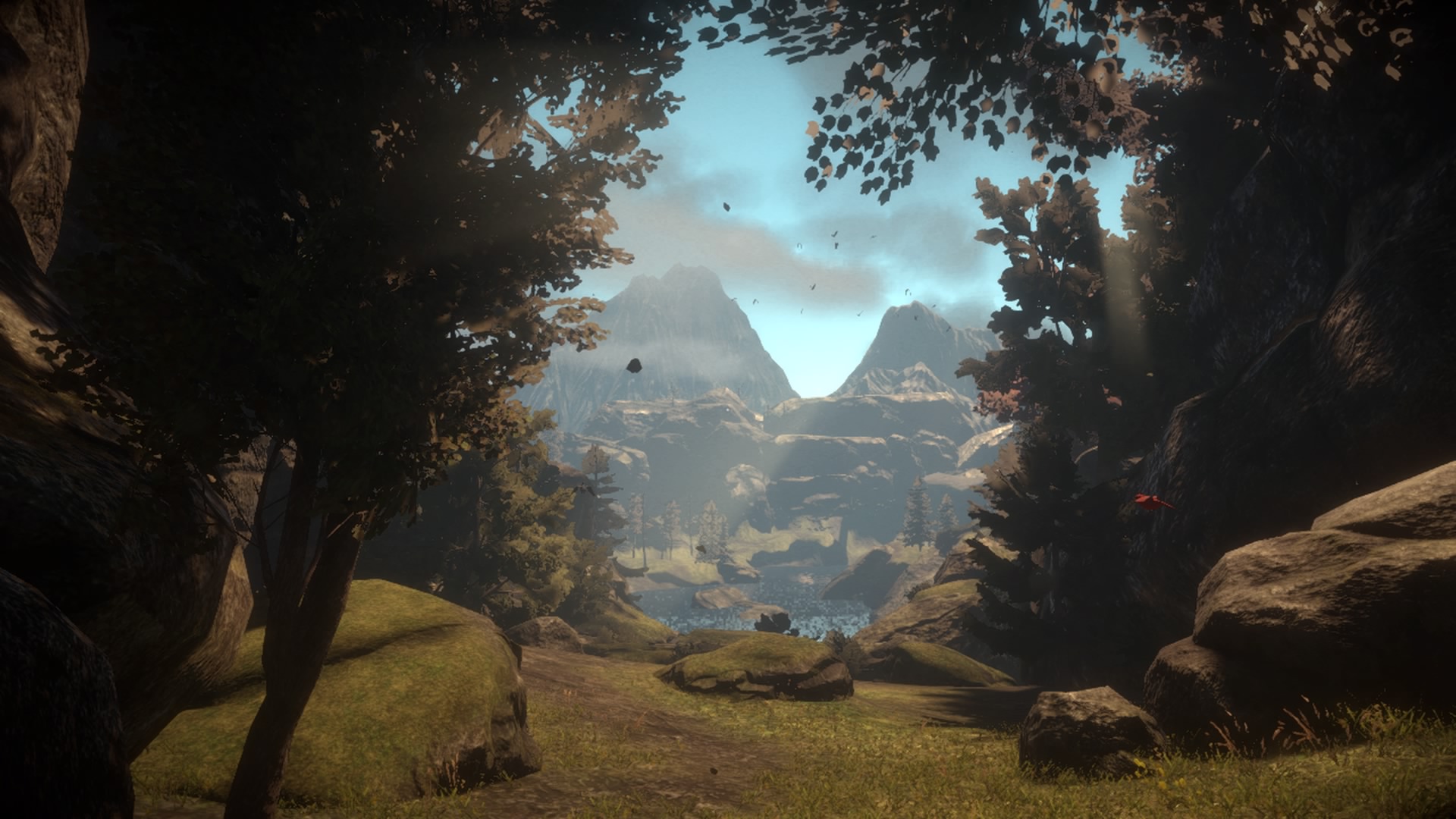
-
Valley_20160821103553
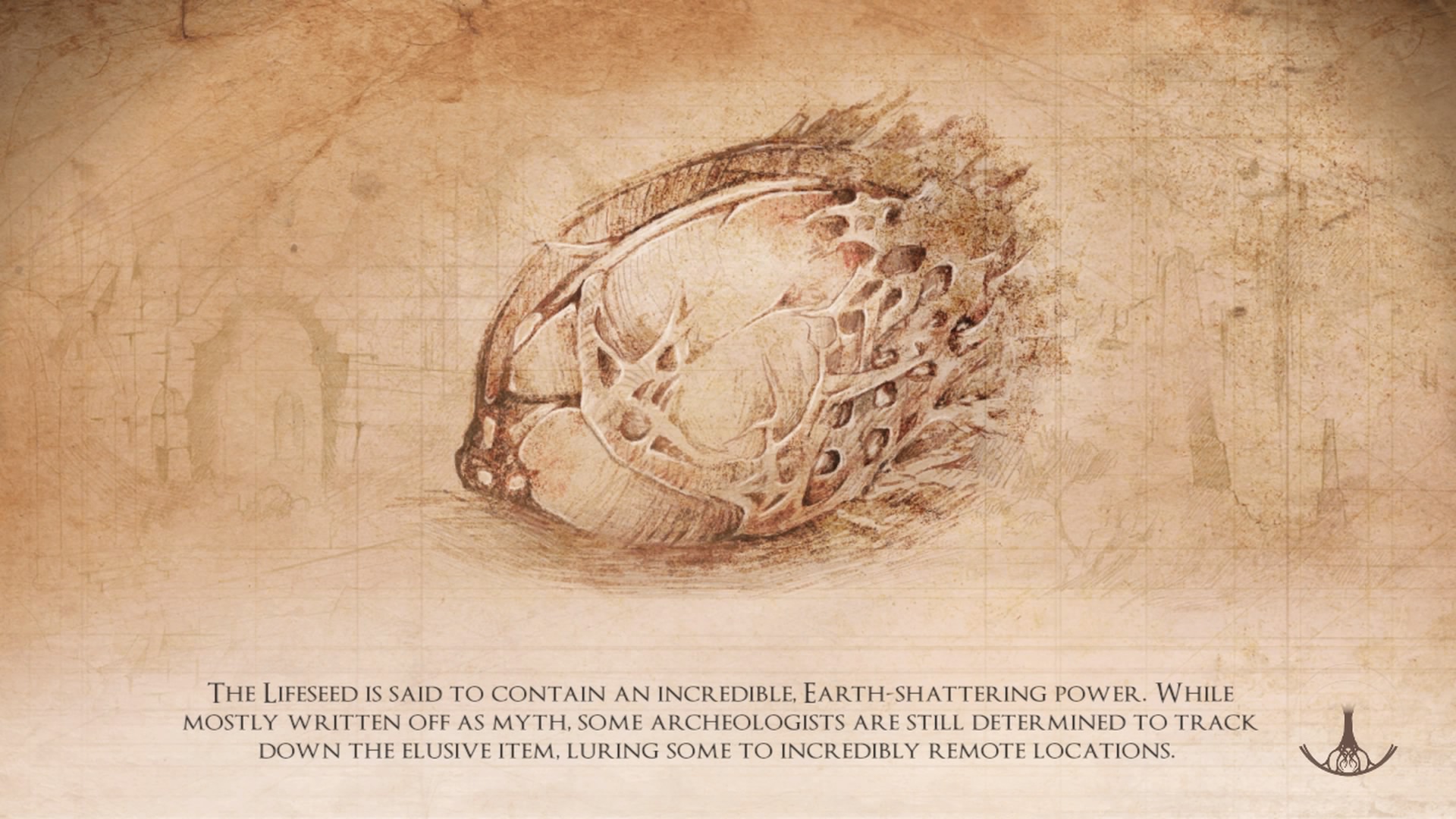
-
Valley_20160821103840
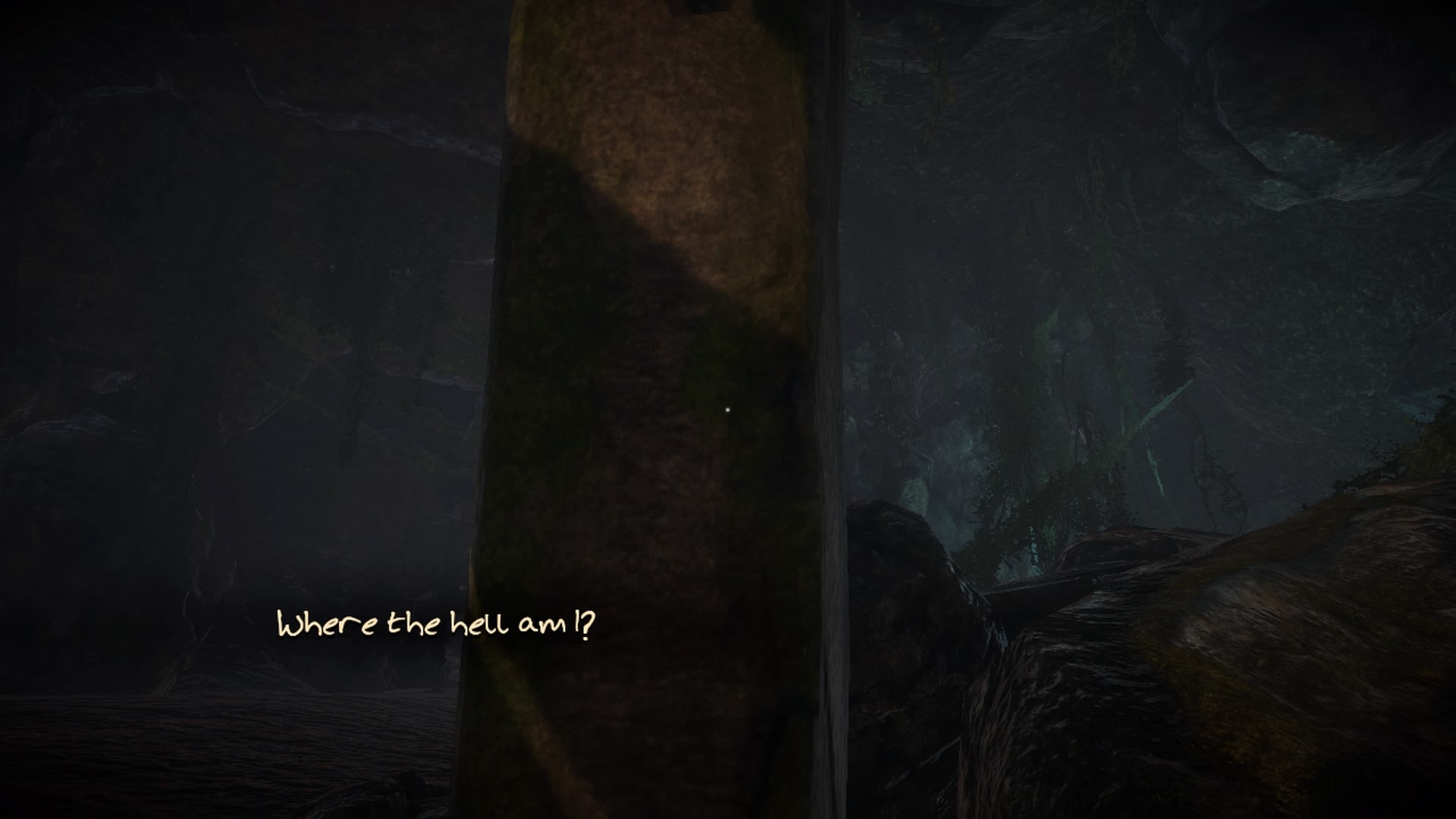
-
Valley_20160821104157
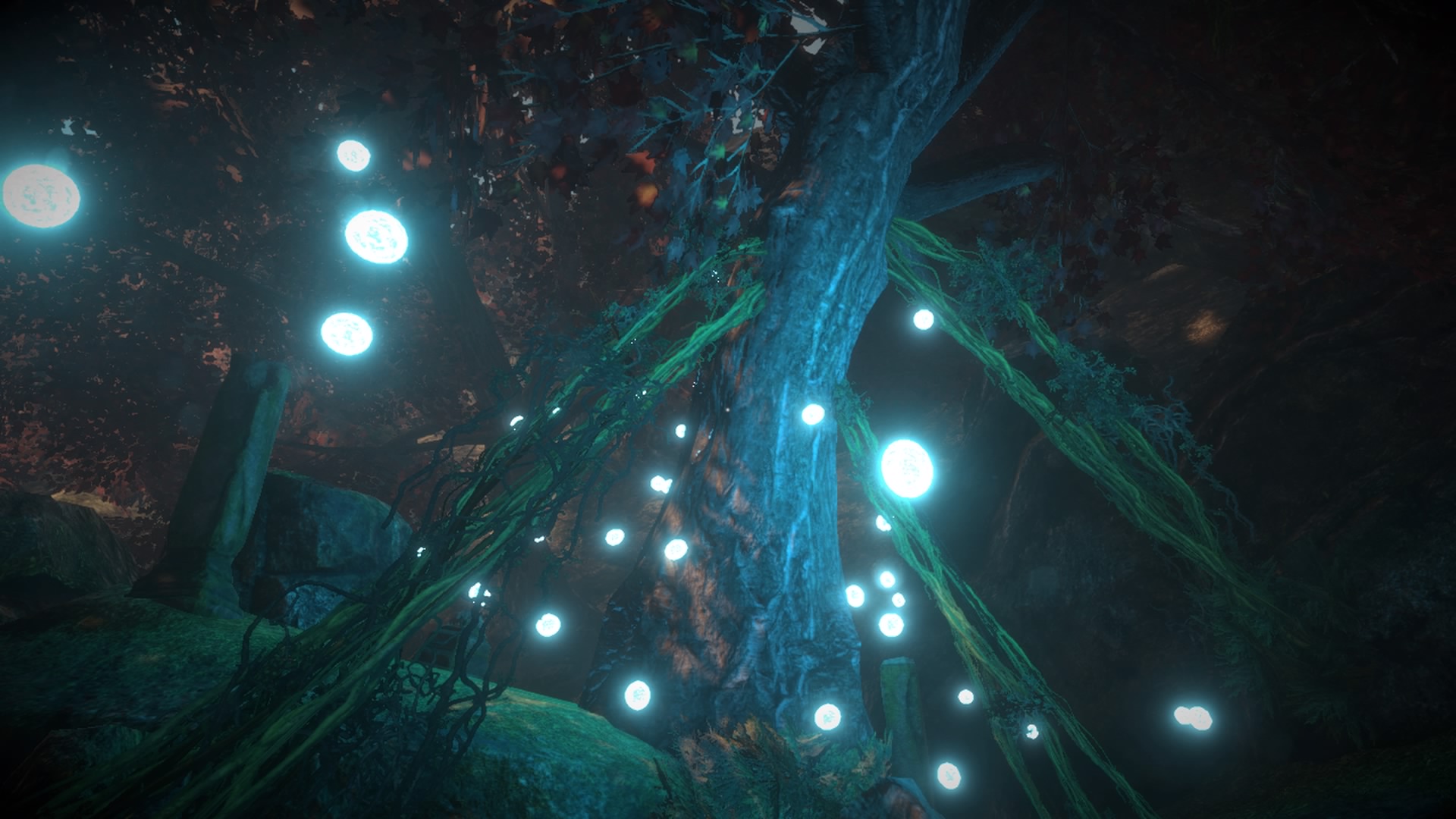
-
Valley_20160822103548
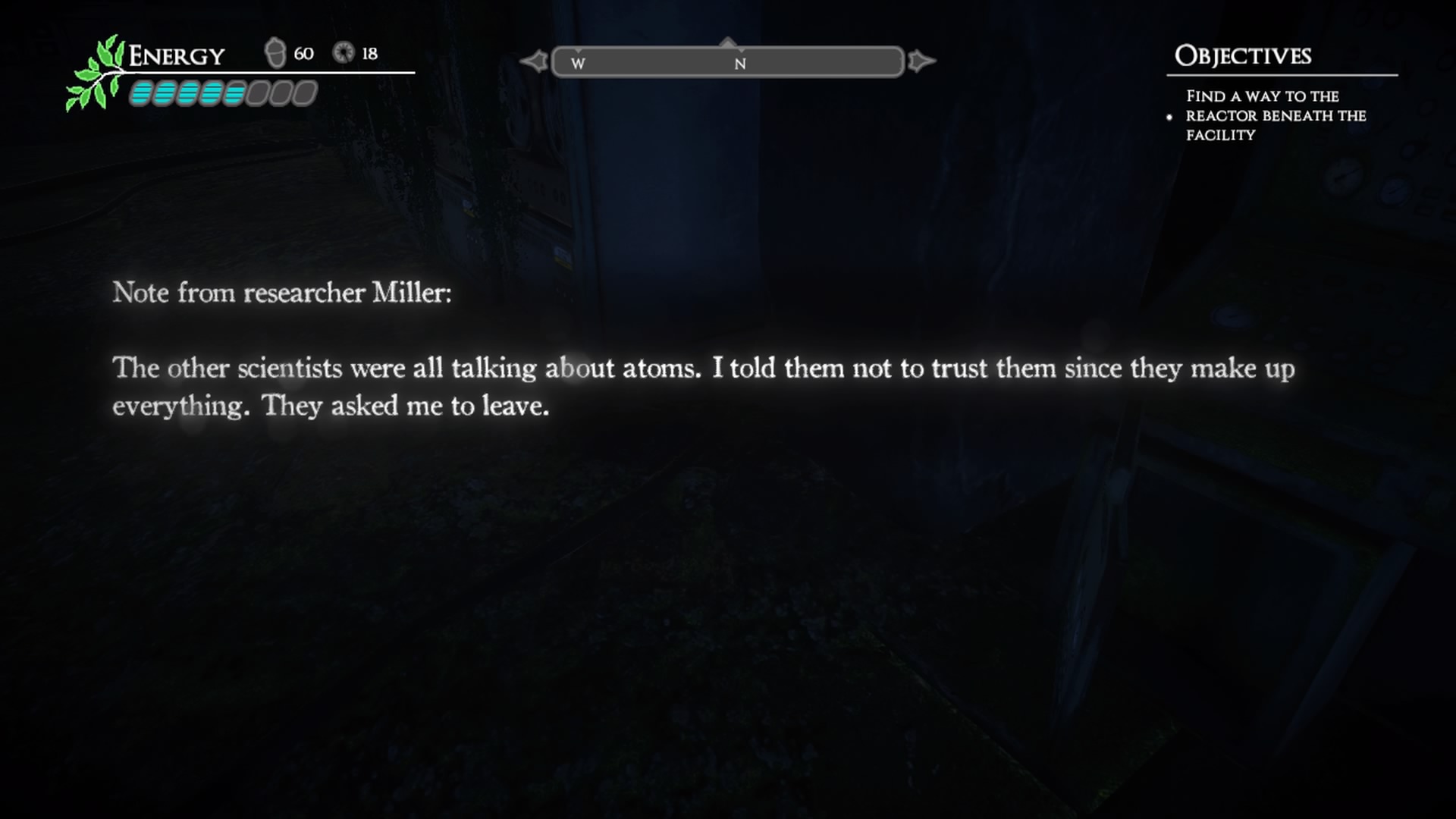
-
Valley_20160821110442
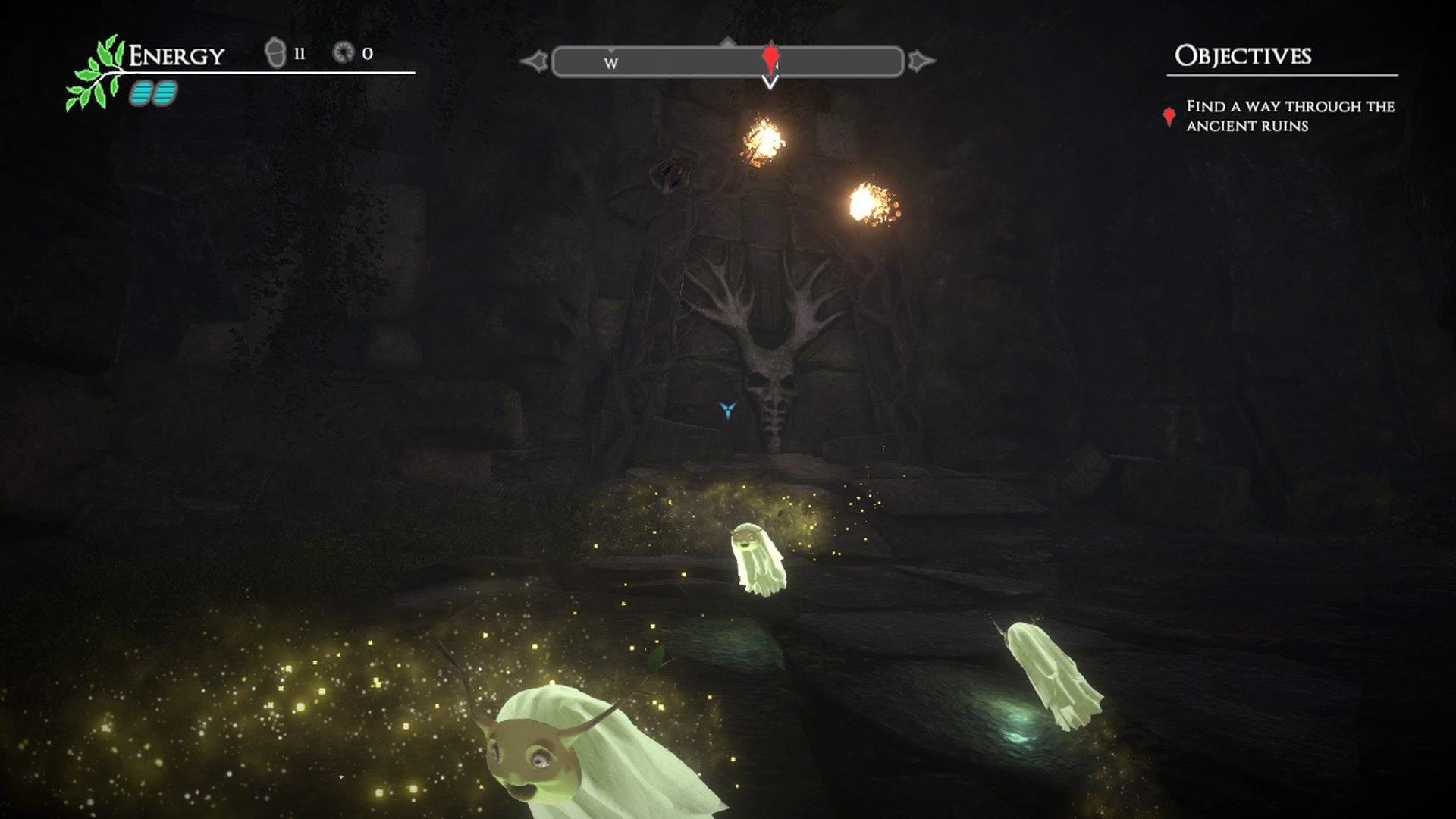
-
Valley_20160821111400
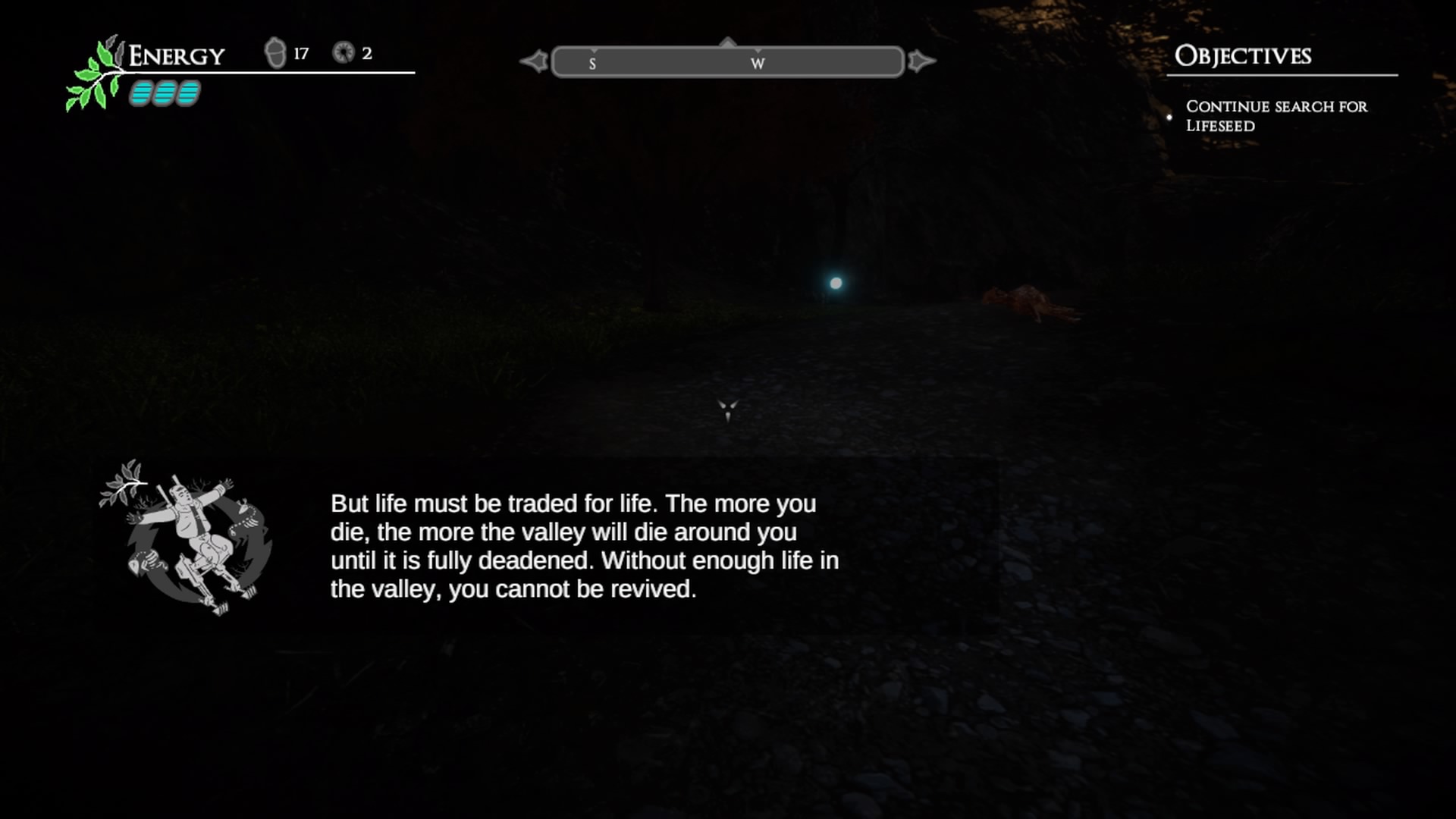
-
Valley_20160821112521
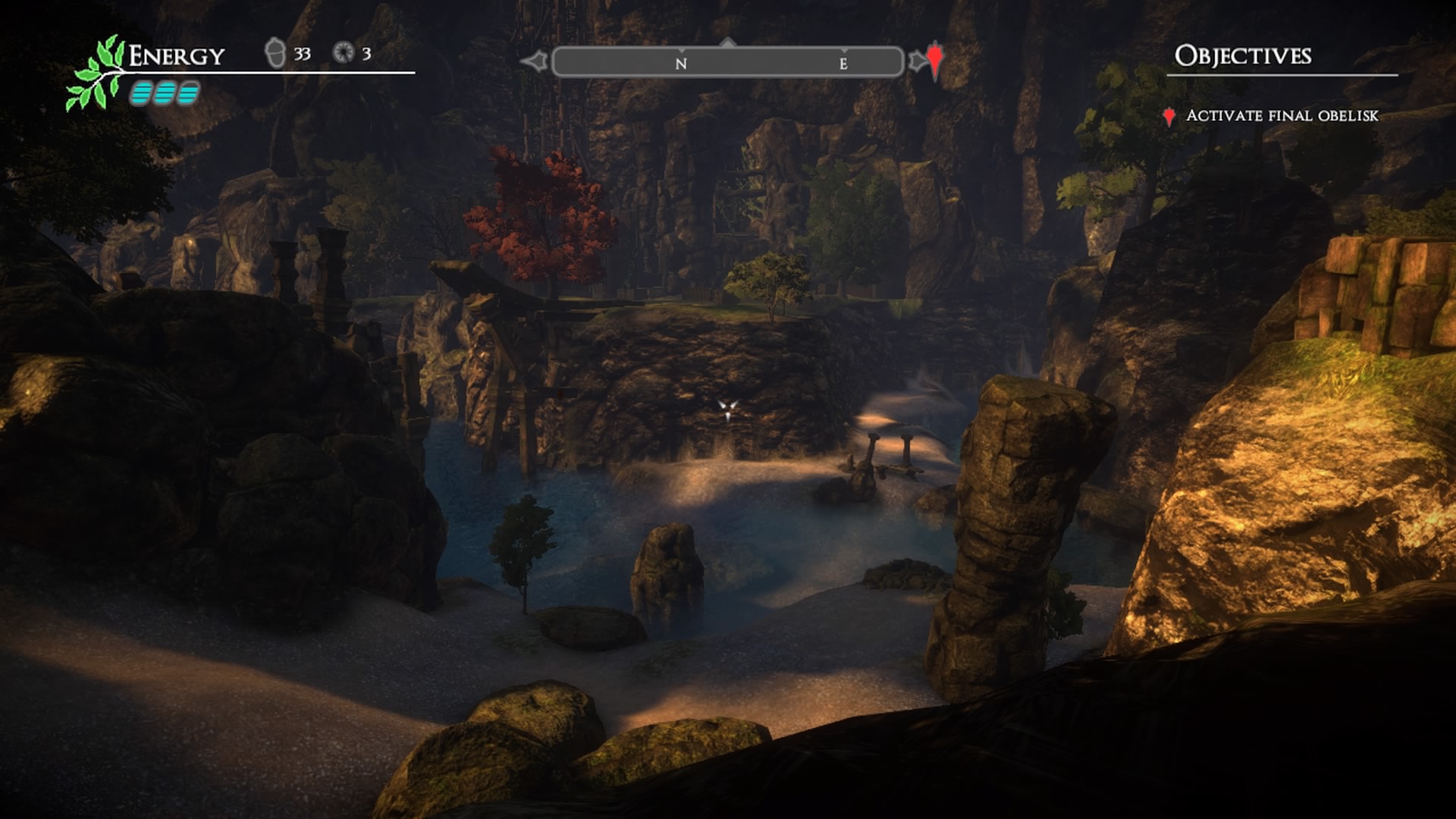
-
Valley_20160822093143
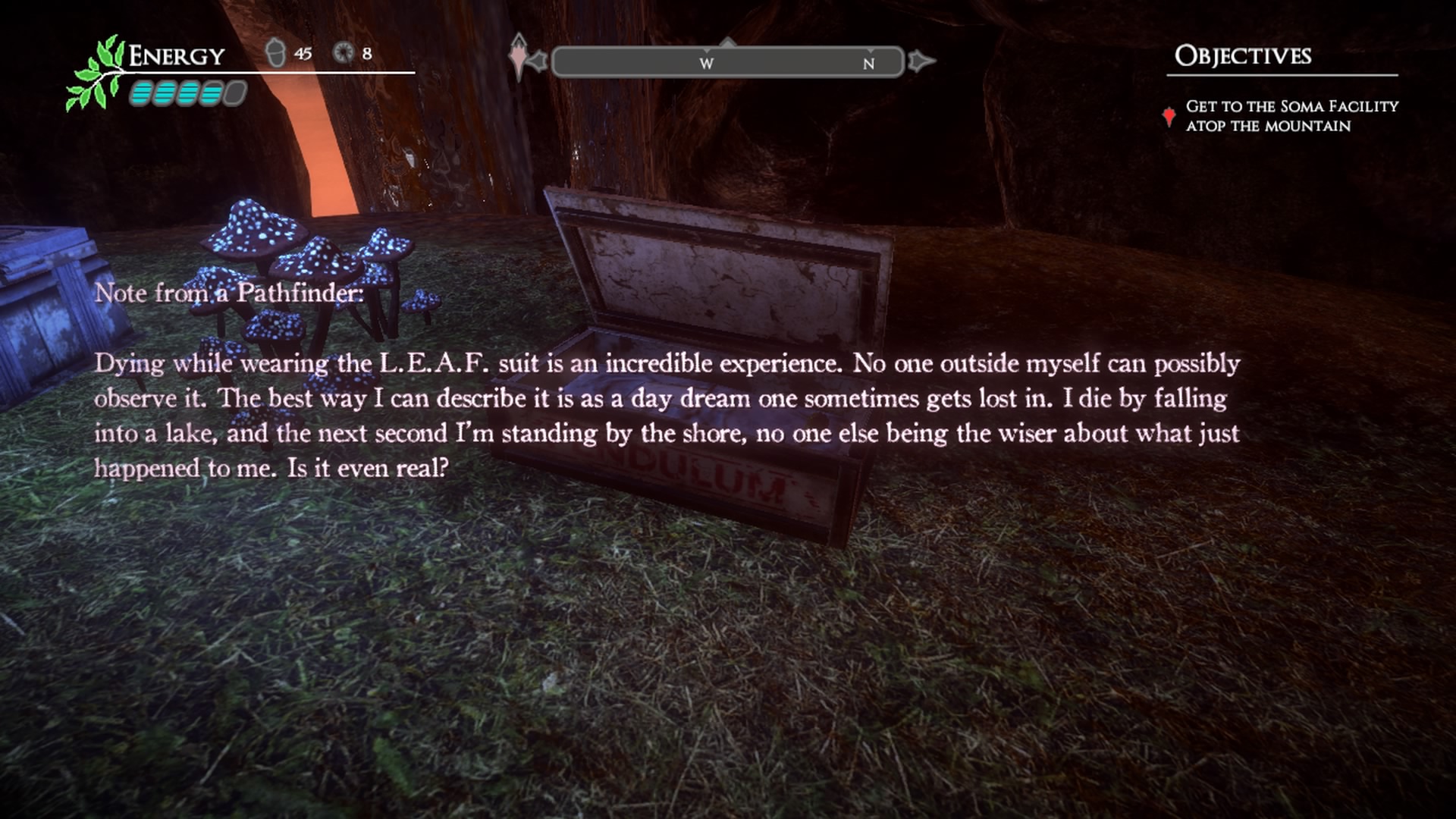
-
Valley_20160822093233
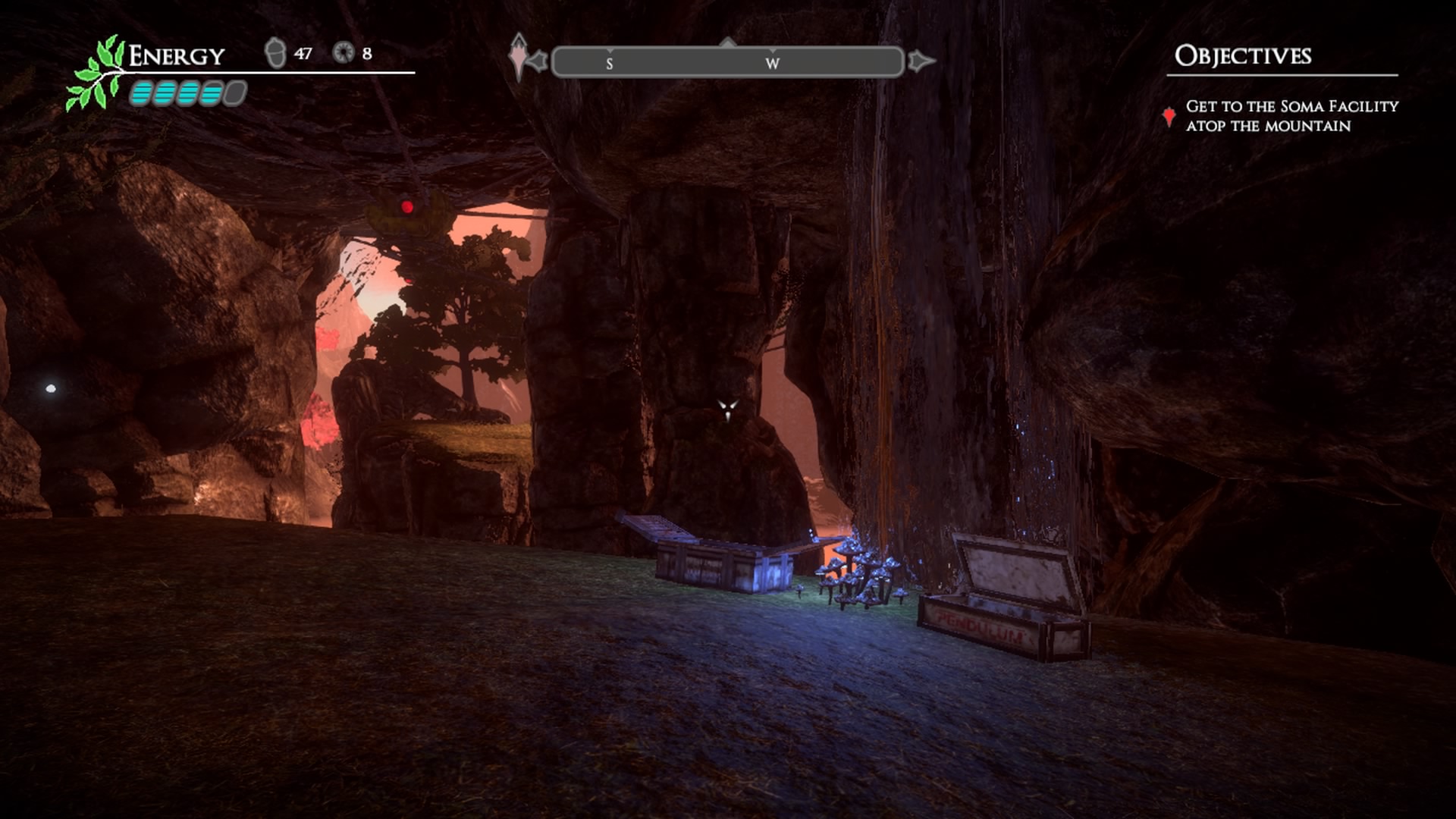
-
Valley_20160822102037
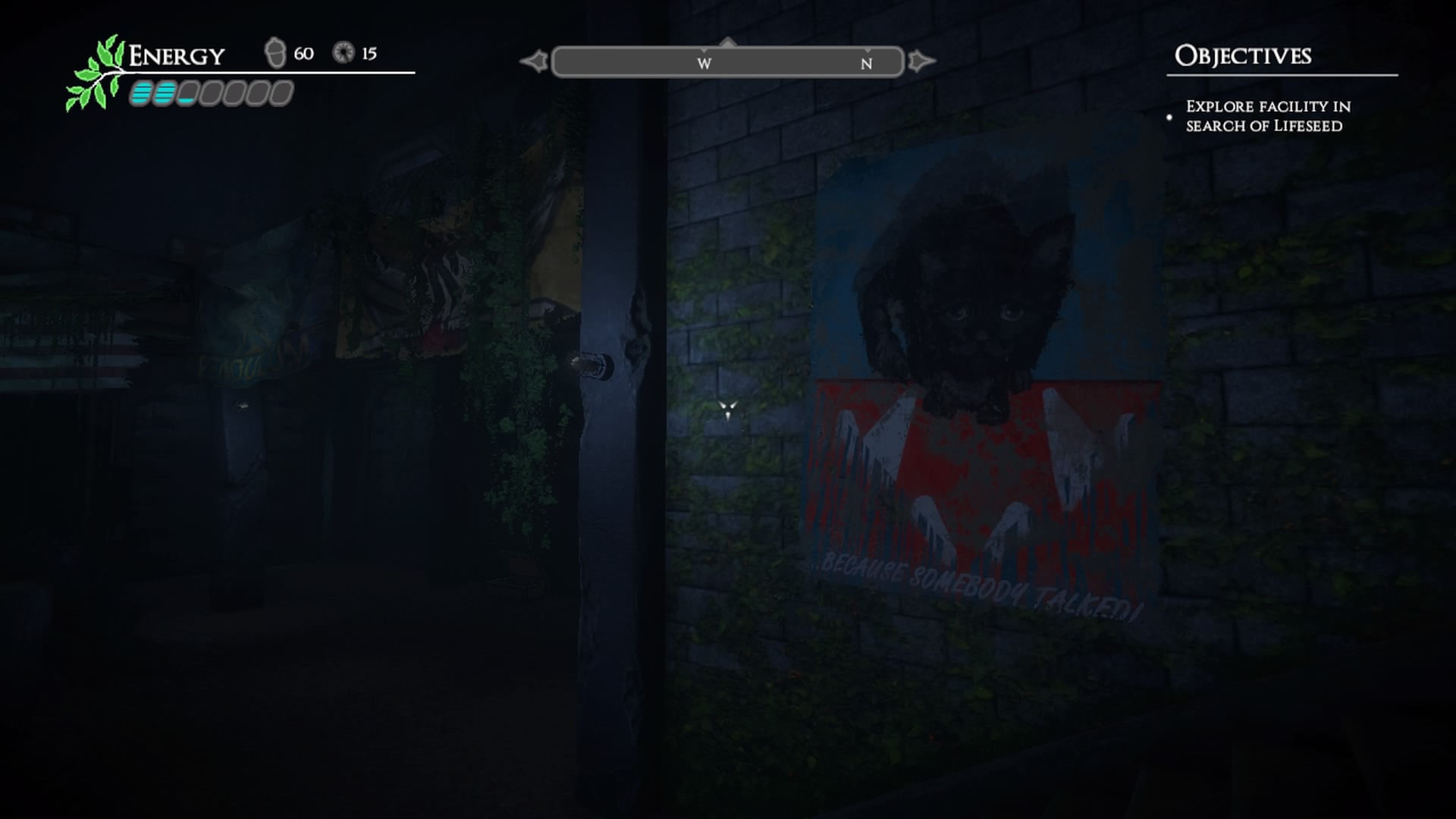
-
Valley_20160822102201
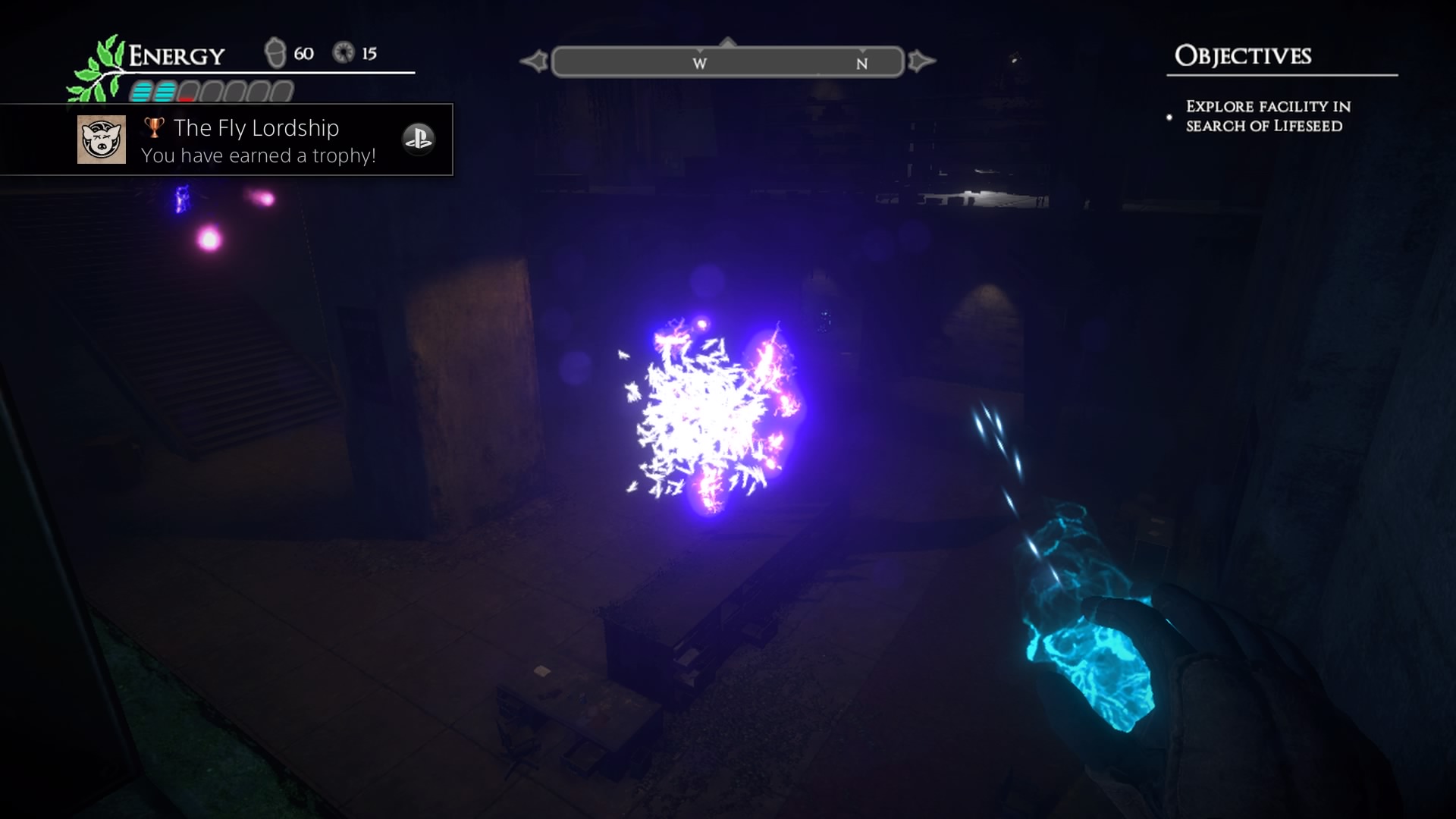
-
Valley_20160822104150
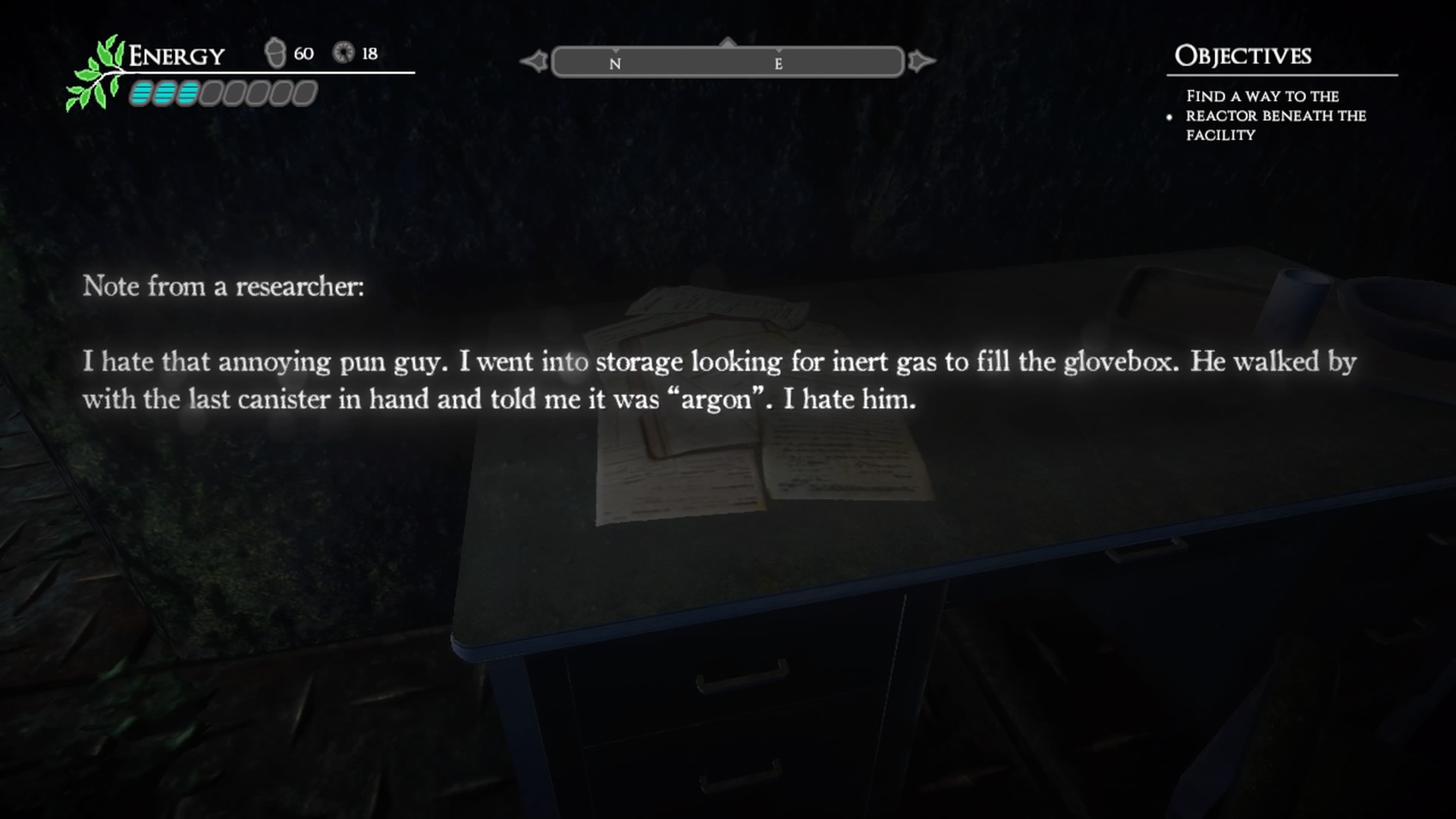
-
Valley_20160822110055
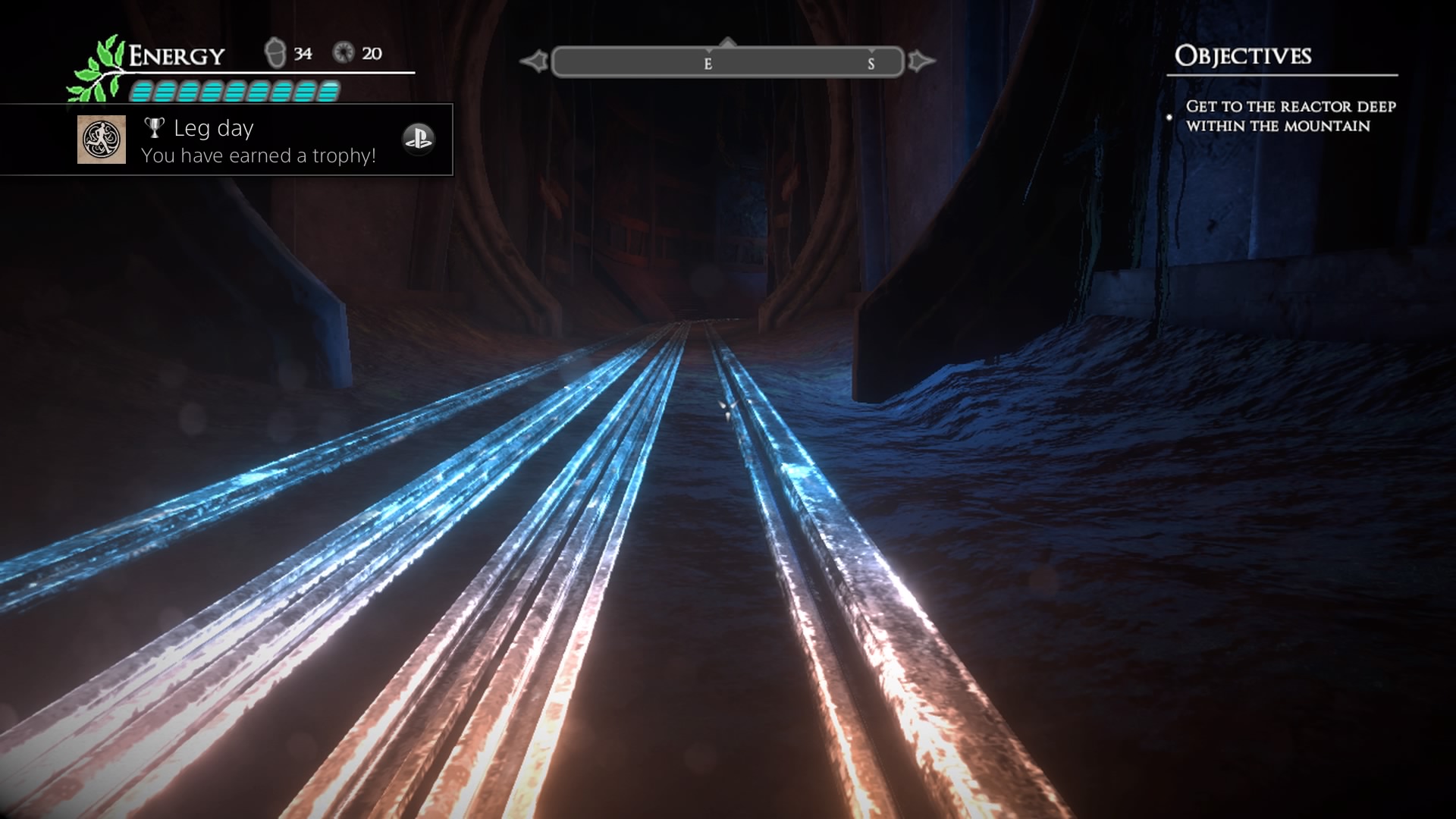
-
Valley_20160822111824
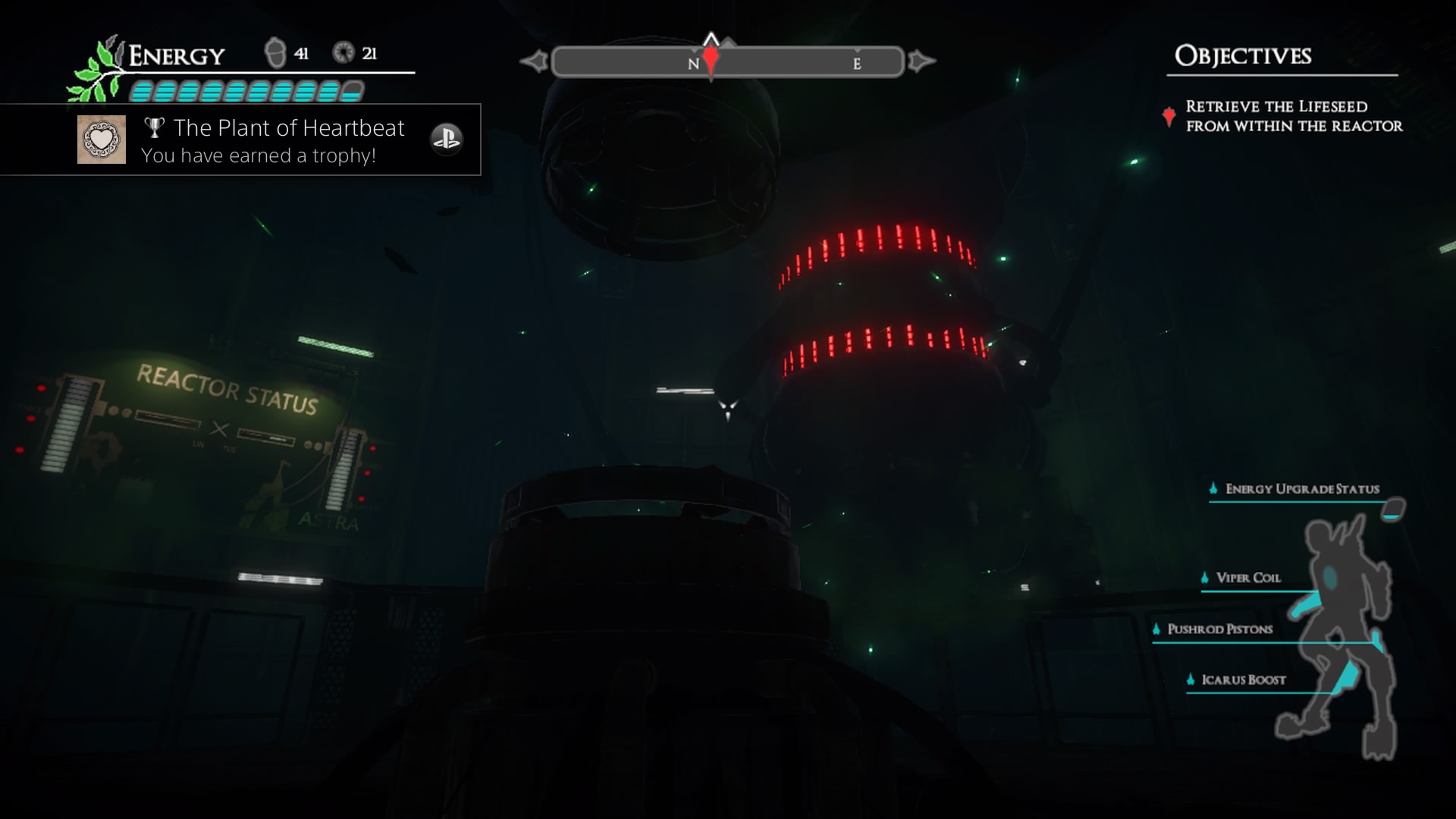
-
Valley_20160822113549
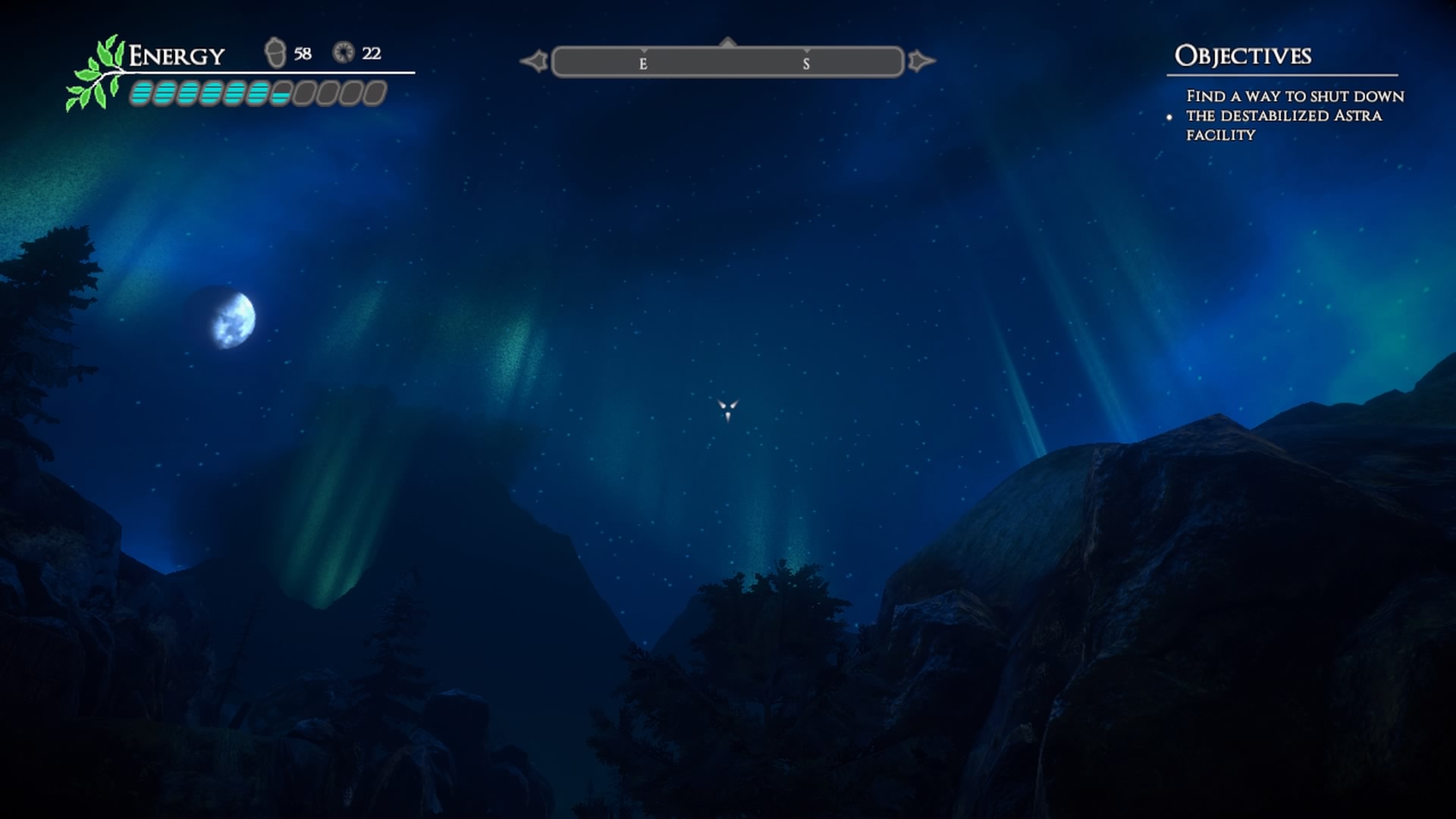
-
Valley_20160822210542
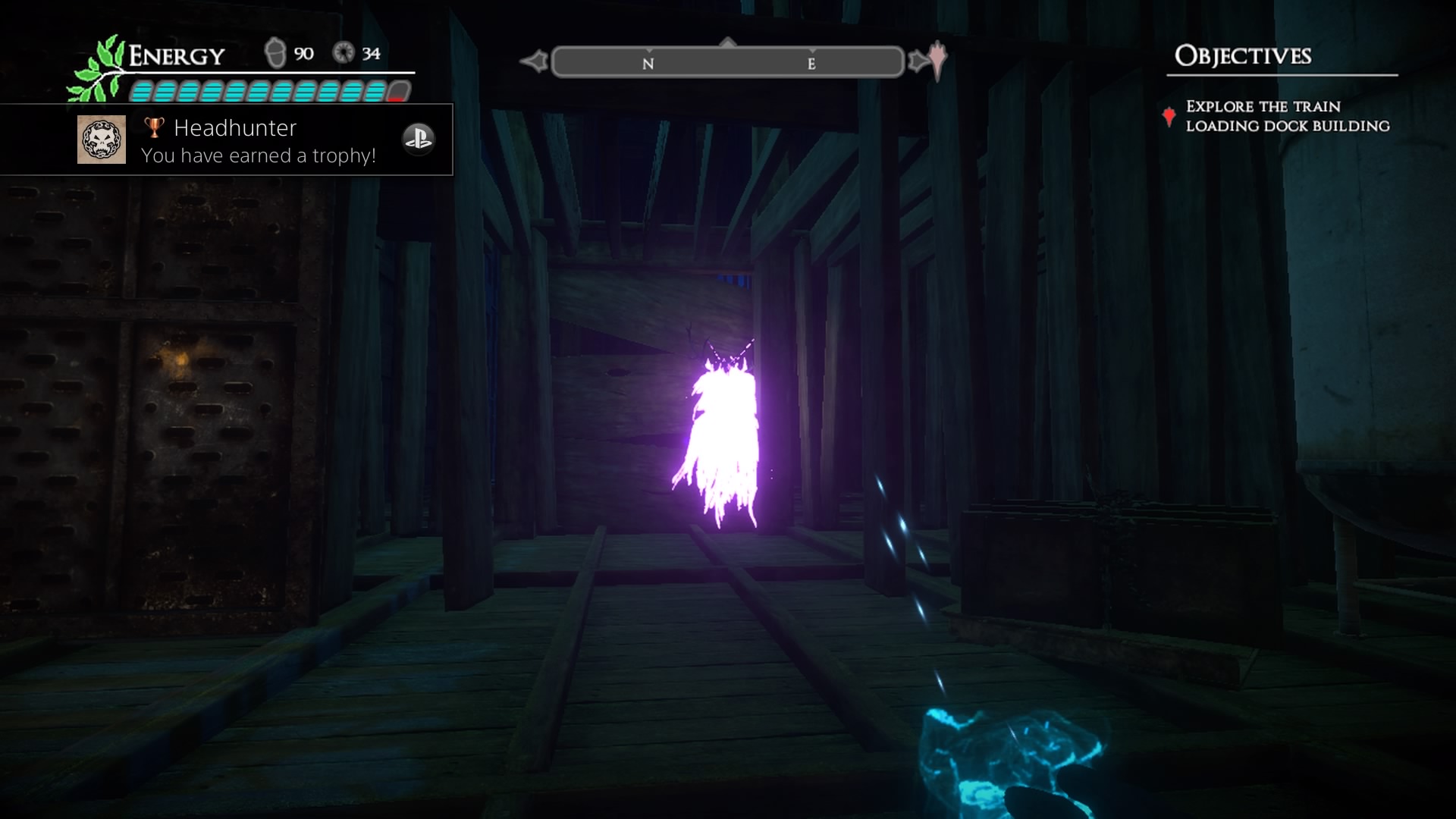
-
Valley_20160822212337
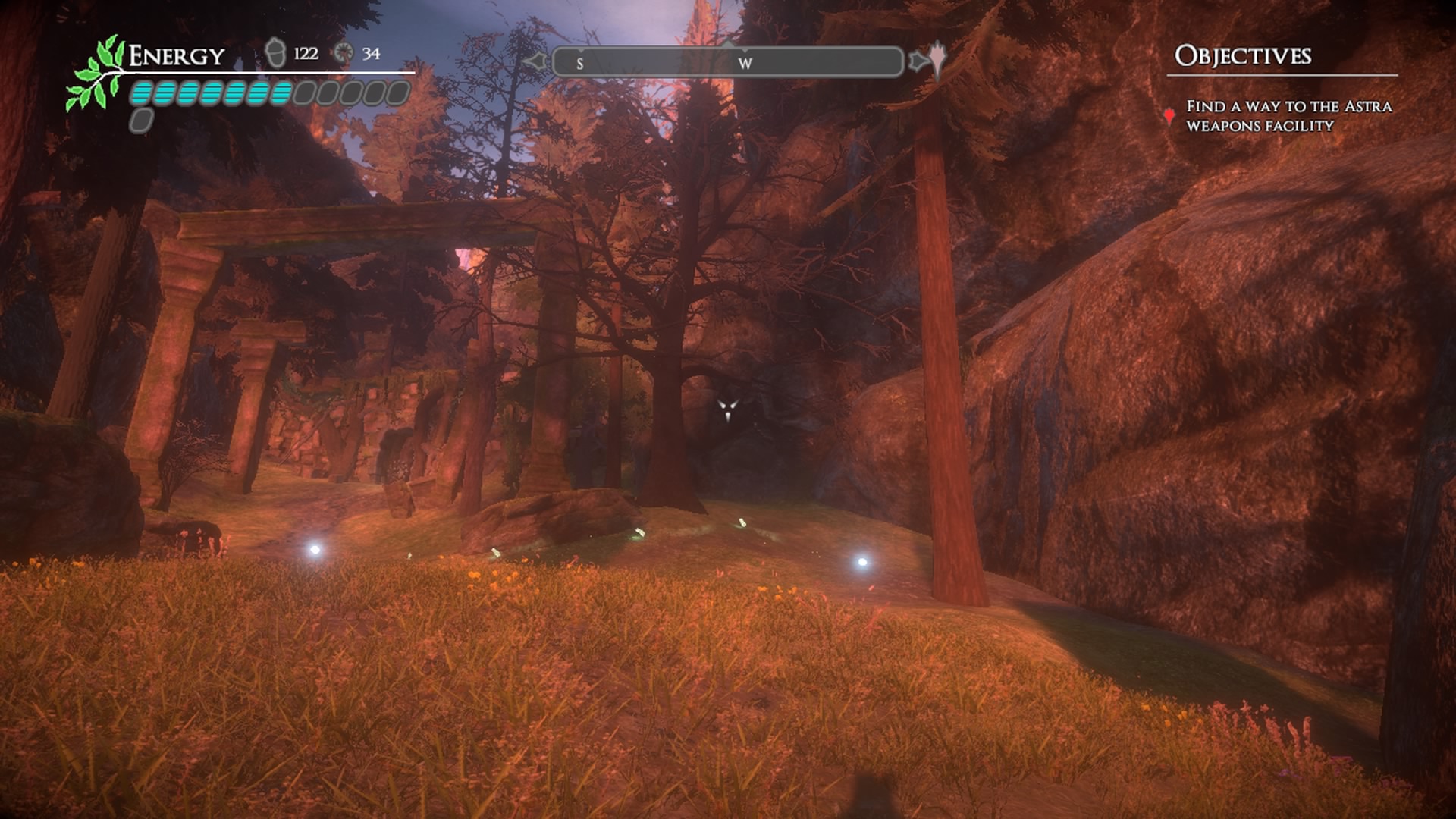
-
Valley_20160822225045
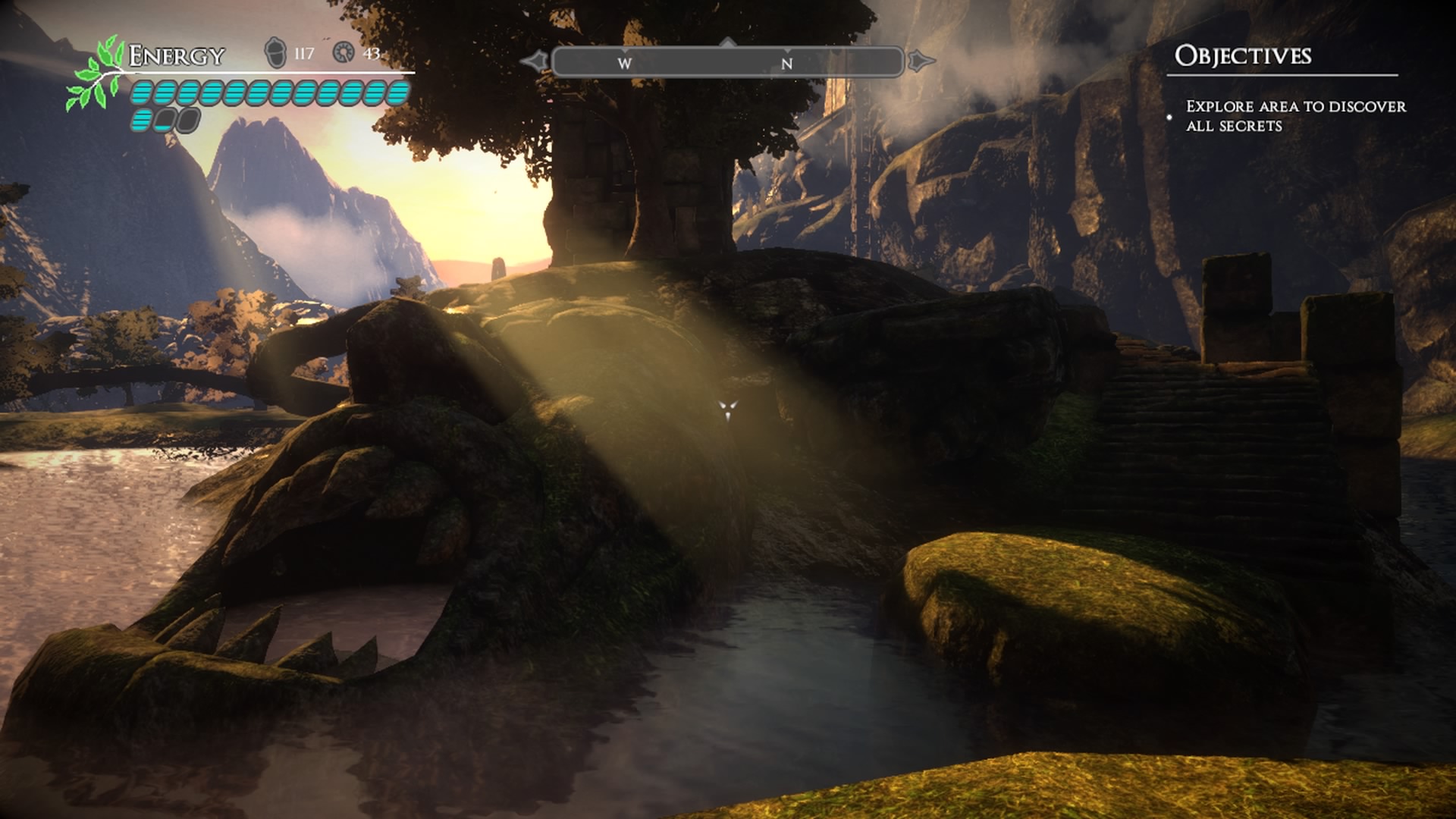
-
Valley_20160822230916
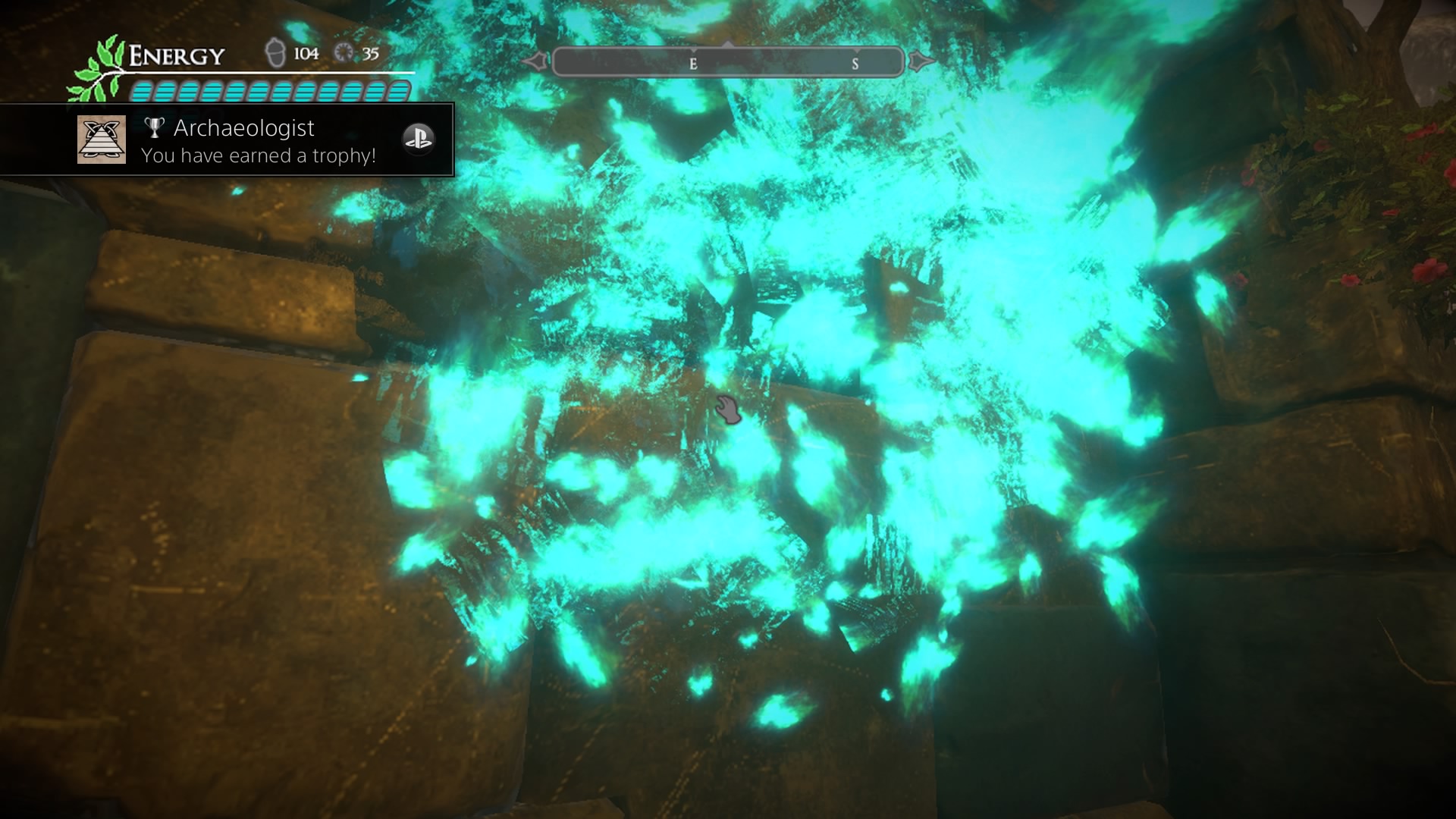
-
Valley_20160823093722
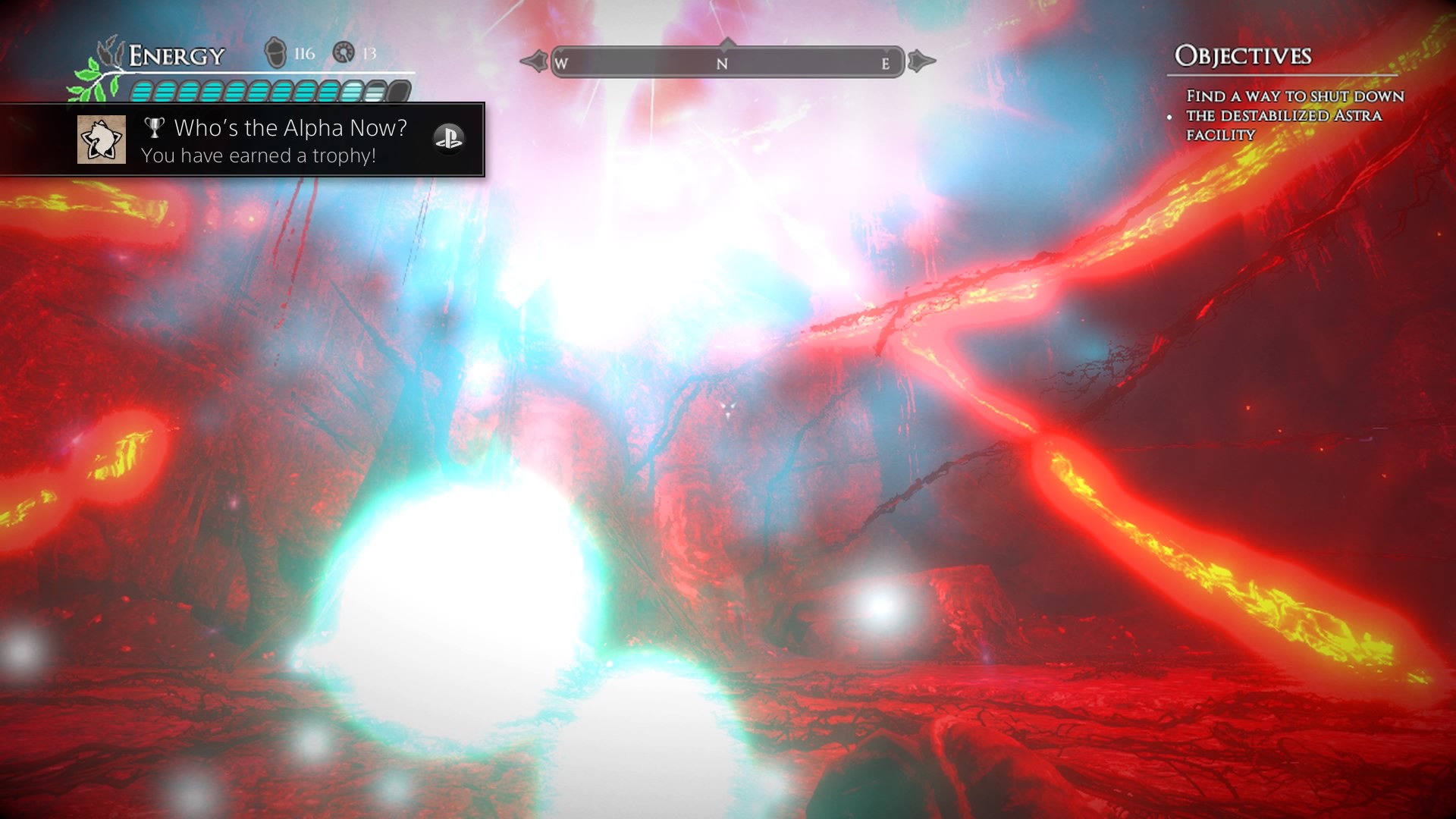
-
Screenshot1

-
Screenshot10
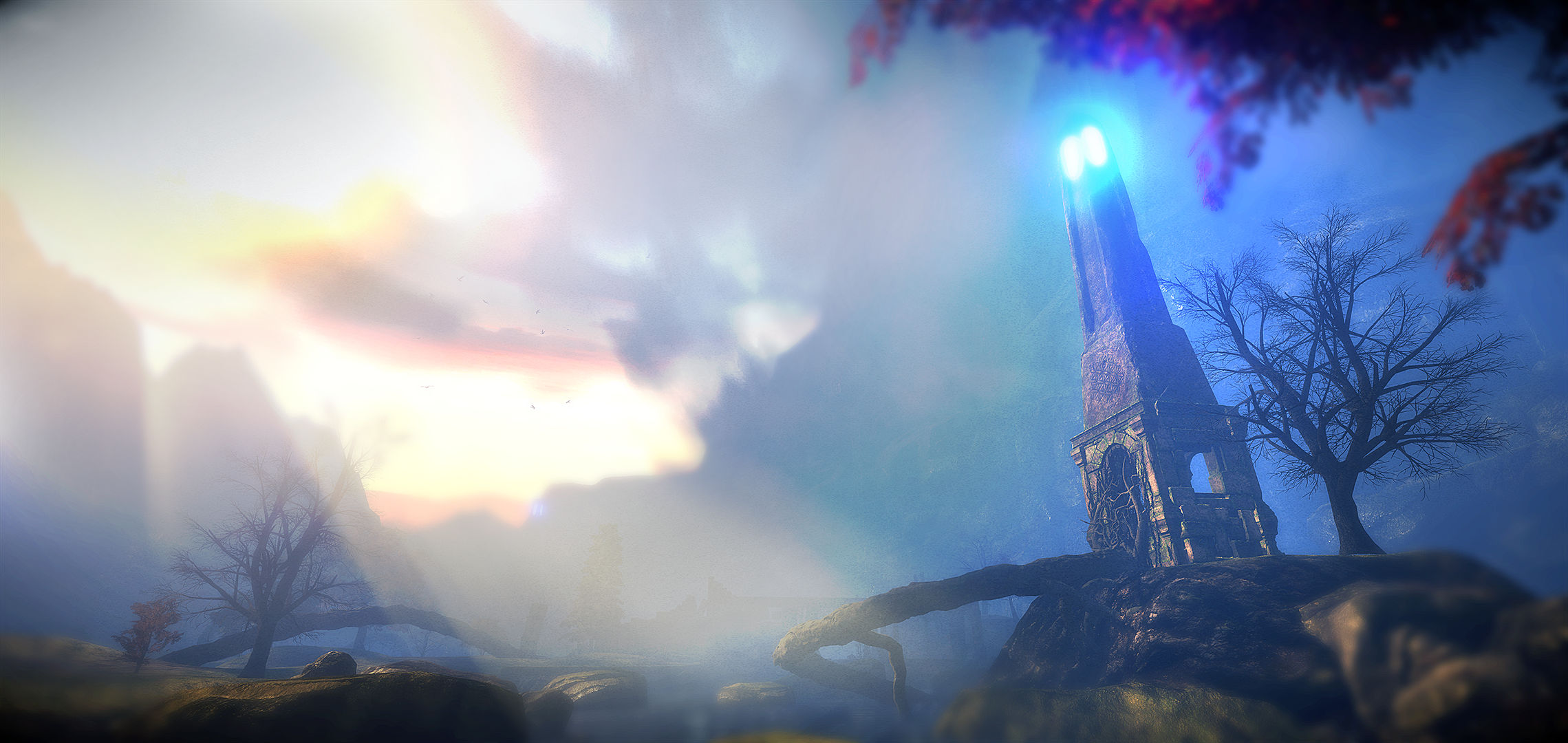
-
Screenshot11
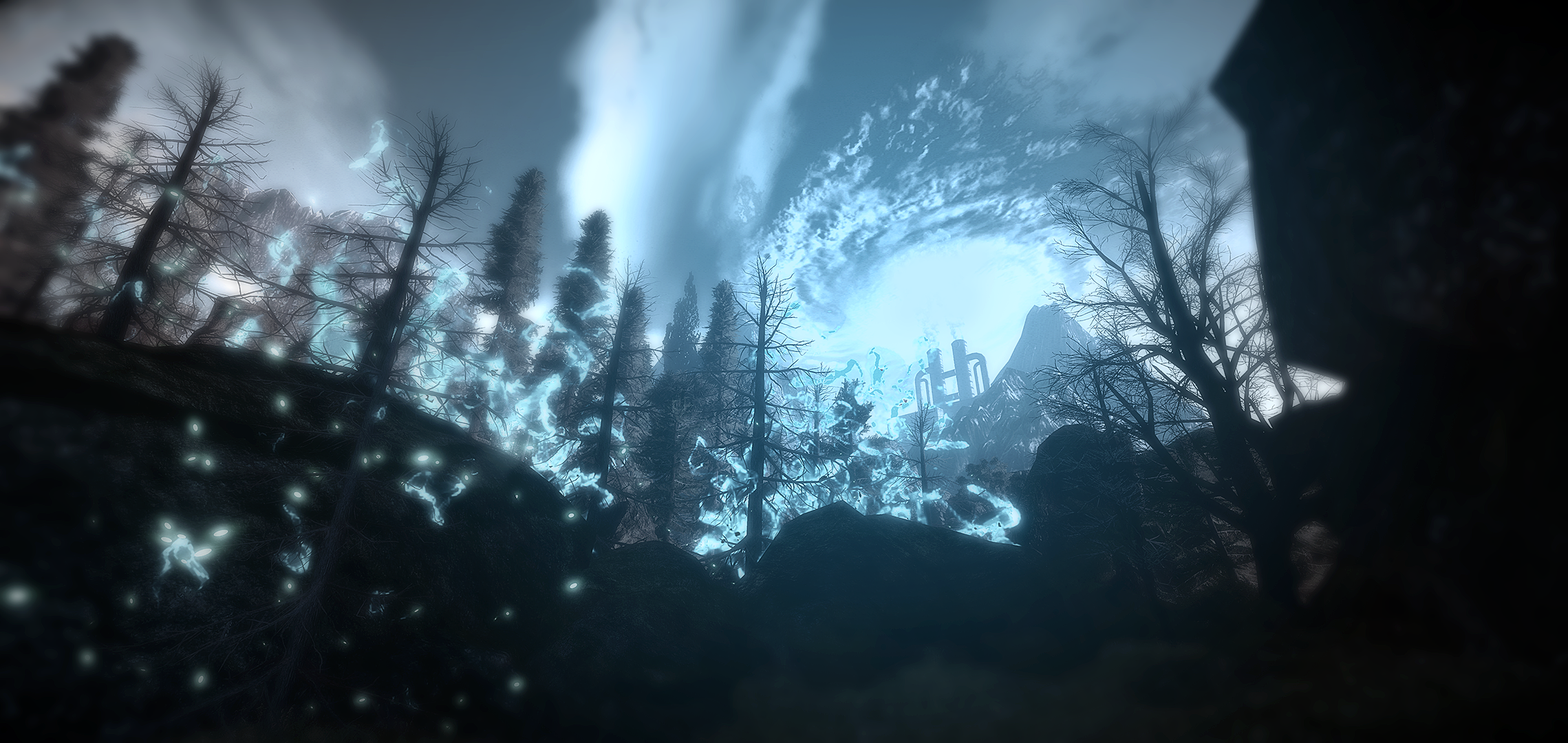
-
Screenshot2

-
Screenshot3

-
Screenshot4

-
Screenshot5

-
Screenshot6

-
Screenshot7

-
Screenshot8

-
Screenshot9
